For many of us the creative process begins with a goal and the project takes shape afterward. Such was the case when Erika Varga founded fashion label Romani Design. She began with a strong social mission—to end discrimination and criminalization of the Roma people. Her goal was to elevate their “cultural prestige” to break down stereotypes that enable oppression and social exclusion; and it’s a hot topic as of late, with comparisons to that of the struggles of African Americans. (February 20th marks the 162nd anniversary of the abolition of Roma slavery in the Romanian principalities). That pursuit is what led her to receive the “Hero of the Year” award from Glamour’s editor in chief, Krisztina Maróy in 2012, and a leading voice in the Budapest fashion scene now.
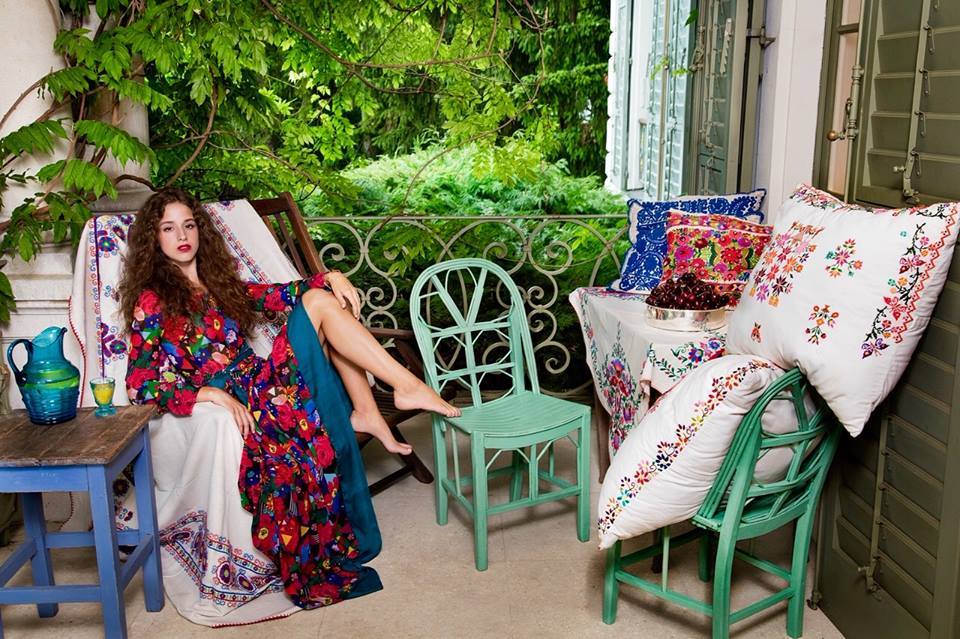
The History Behind the Design
Based in Budapest, Hungary, Romani Design was founded on the cultural heritage of the Roma people; and the styles speak just as loud and clear as Varga’s resounding cry for change. The Roma are an ethnic group from Central and Eastern Europe, although their ancient and linguistic roots lie on the Indian subcontinent. They are also referred to as “gypsies.” Often used as a racial slur, the term has been co-opted by non-Roma individuals to mean “free spirited” due to the Roma’s reverence for freedom and their nomadic reputation. It’s tossed around in everyday vernacular to describe a certain eclectic fashion sense, but most are unaware that these styles were born out of an under celebrated, but vibrant culture.
In Varga’s designs you’ll see the striking colors and bold patterns that this trend was built on. But unlike the popular hashtag #gypsy, Romani Design is firmly rooted in authentic Roma culture. Mirroring traditional styles, Romani Design features multiple layers within one look that combines patterns with bold colors and unique silhouettes. By breaking the rules of fashion in an explosion of color, Romani Design shares the love and freedom the Roma are so well known for, while honoring their culture.
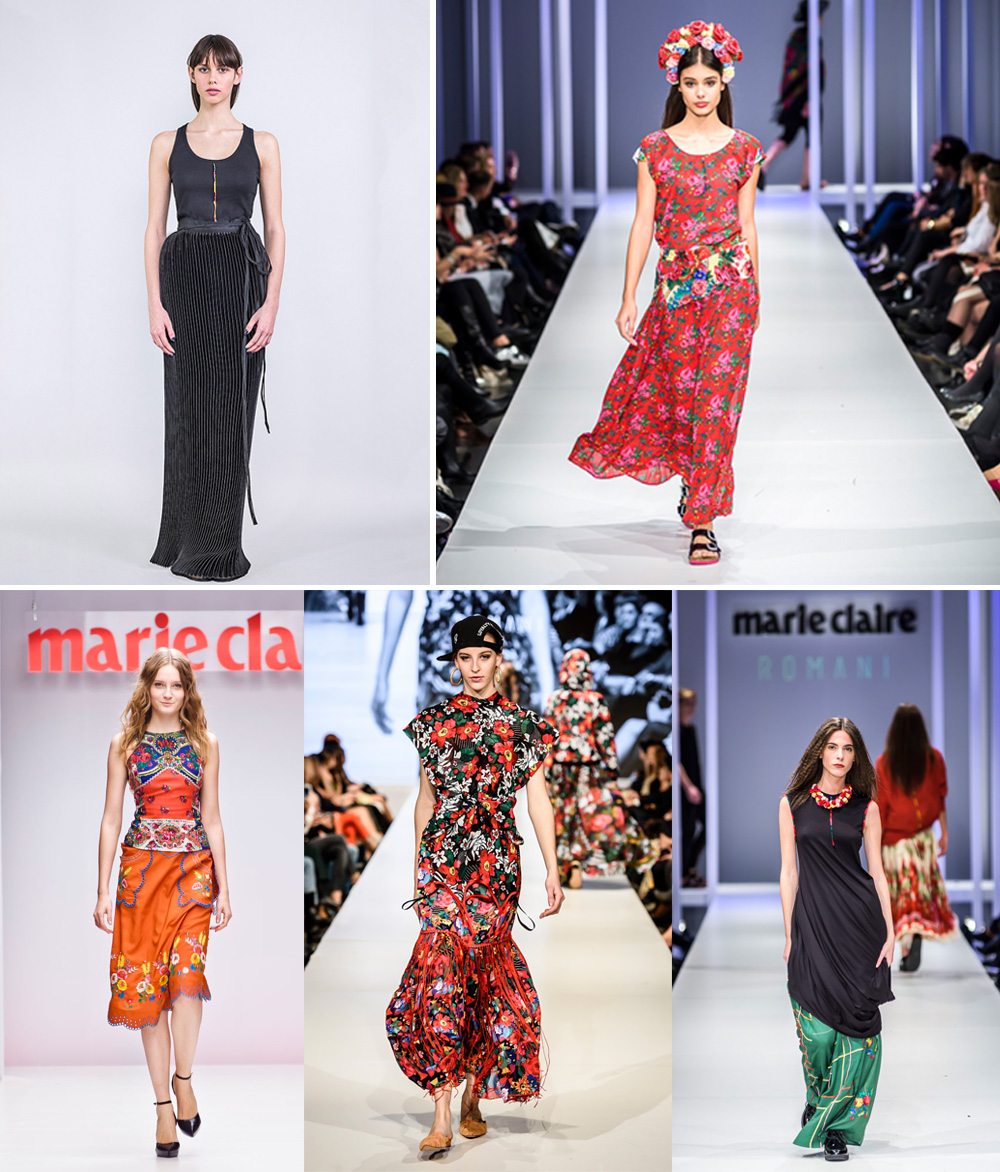
The Mission
The Roma faced almost endless persecution after either migrating to Europe or being imported as slaves—nearly 50% died during WWII at the hands of Nazi Germany. Since then, not too much has changed in terms of social acceptance—Roma are still facing severe social exclusion across Central Europe.
“If somebody thinks that Roma culture has no value, it also means that it is unacceptable,” says Varga. “Exclusion and racism can build on that. These are the stereotypes the brand wants to fight with visual communication tools.”
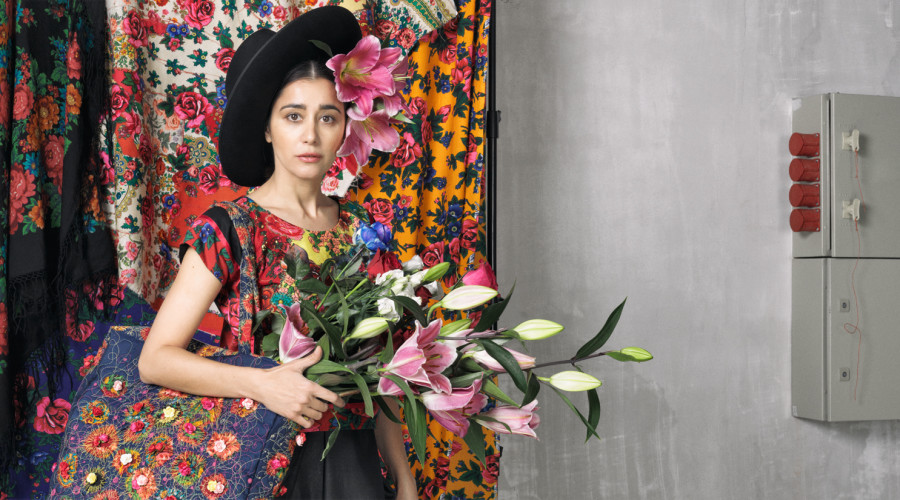
By elevating folk motifs and traditional designs into high fashion, Varga shatters this stereotype. With bright colors and traditional patterns, a piece from Romani Design immediately starts a dialogue—these are the conversations that Varga wants to inspire. “Romani Design stands for the value of respect for one another using the language of fashion and design to build bridges amongst cultures.”
Beyond the bold aesthetic, the brand also provides educational and training programs for Roma and non-Roma women. According to the Council of Europe, the Roma occupy the most disadvantaged place in the Hungarian labor market. This means unemployment rates are astronomical, while little is being done to help the Roma overcome the barriers to entry in the labor market and educational sector. The women who complete the program learn sewing, design, and personal skills that help them secure permanent employment. Many graduates of the program even go on to become members of the Romani Design team.

Rajasthani nomads sitting in a cart. (via Quora)
Making Waves
Not long after lauching Romani, Varga received a 2012 Glamour Women of the Year award in recognition of both of her innovations in fashion, as well as her commitment to social entrepreneurship. While acknowledging that the award was a great professional honor, Varga highlights that it was yet another stepping stone in celebrating and elevating the value of Roma cultural heritage.
The team travels the world to connect to Roma communities and share their cultural traditions. In Portugal, Romani put on a fashion show at the Hungarian embassy in Lisbon, featuring Portuguese celebrities wearing their looks. The brand has also served as a cultural ambassador for the country with shows at the Hungarian embassies in Sofia, Berlin, New Delhi, and more.
Another iconic fashion show was at the Taj Mahal in India. The Roma people, though they do not lay claim to any ancestral homeland, are believed to have originated from India; and you can certainly see the influence in their fashion. Varga explains that Romani’s multiple appearances in India are some of the closest to her heart because they were able to celebrate their “common cultural treasures” with the Indian people.

Tomorrow’s Social Entrepreneurs
There’s no question that Romani Design has a powerful visual message, rivaled only perhaps by their compelling social mission. Varga is on the bleeding edge of social entrepreneurship. The eye catching designs exclusive to Roma culture create a striking product that draws people in before they even realize what they’re looking at. Would-be social entrepreneurs should take note: Varga believes art is the perfect vehicle to convey a message and the strongest way to create lasting social change. “An important message has to be given in a short time. You should be quick, and give a strong impression.”
Varga believes that all social entrepreneurship is needed in our society, but that doesn’t mean the road to social change is easy, even when you’re working with your favorite fabrics. Her advice to future social entrepreneurs? “Be patient. Be persistent. Success is plenty of time and work. Consider small steps, which should be evaluated.”







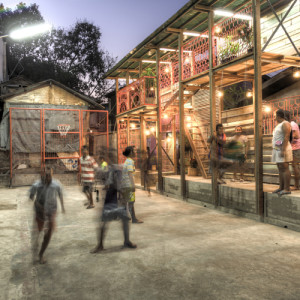

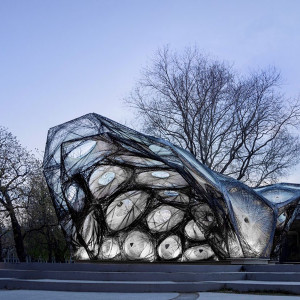

Leave a reply